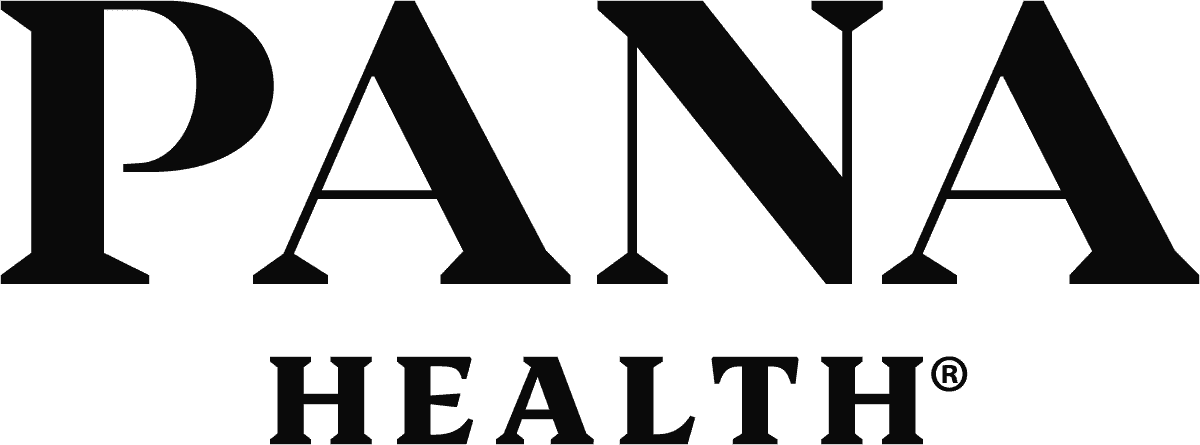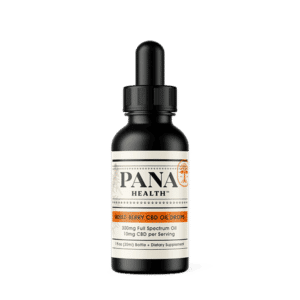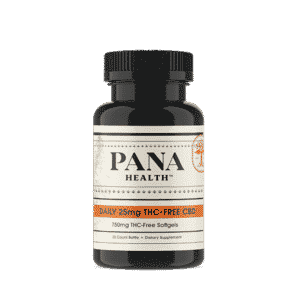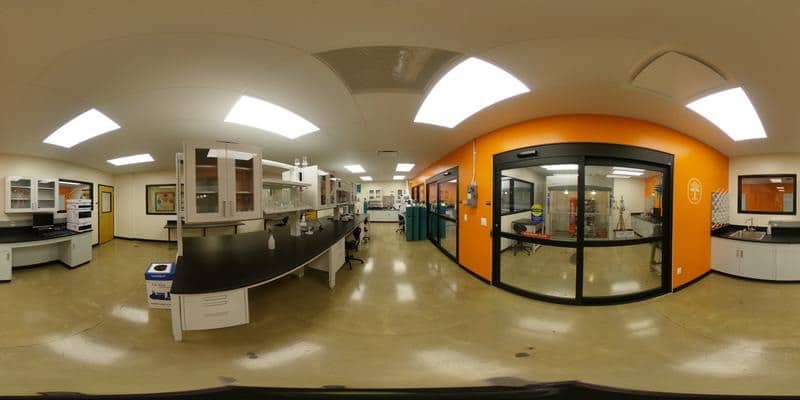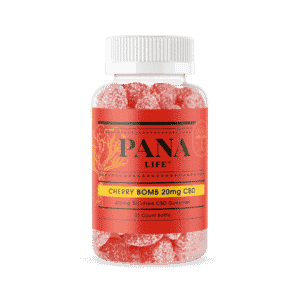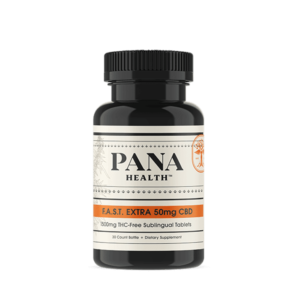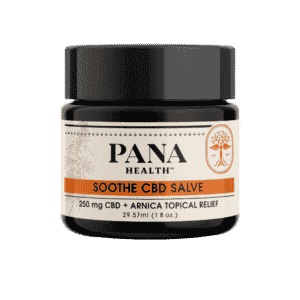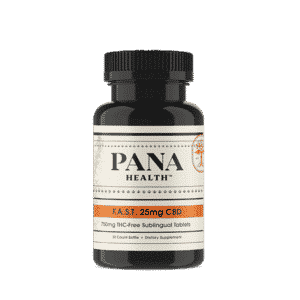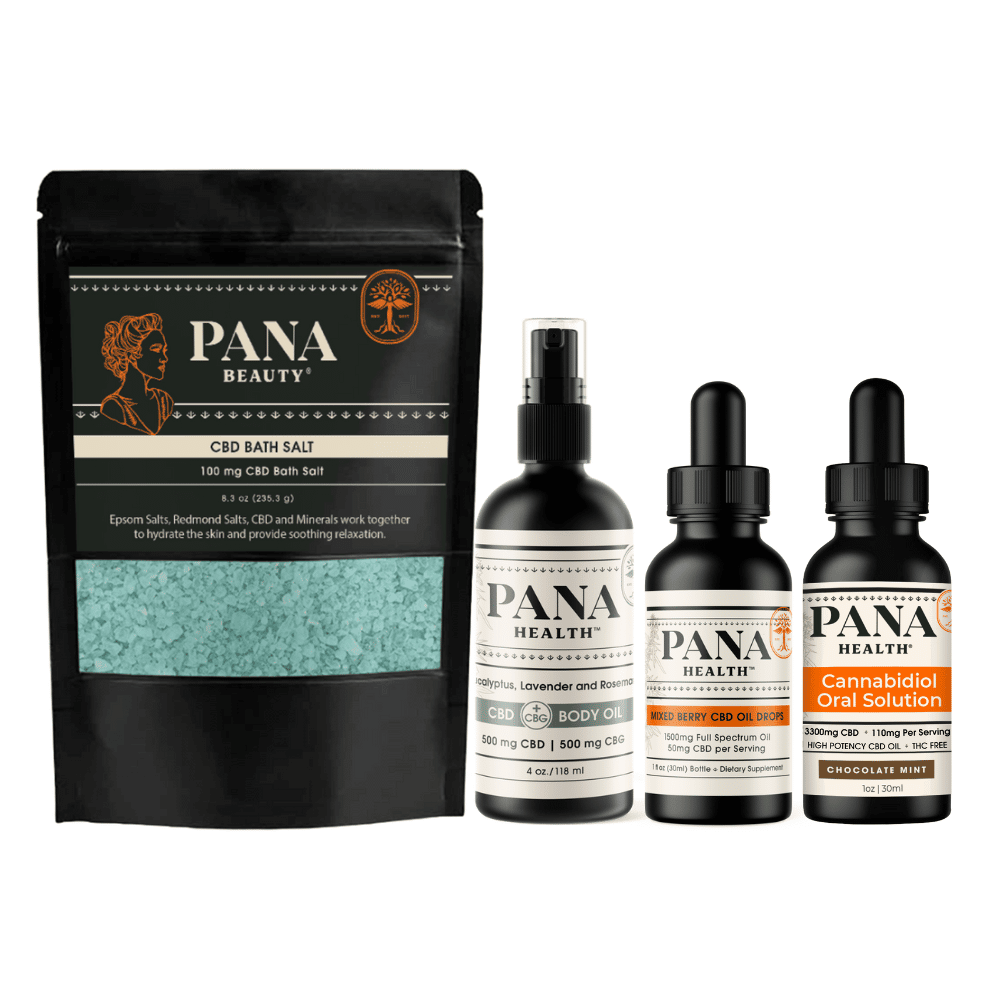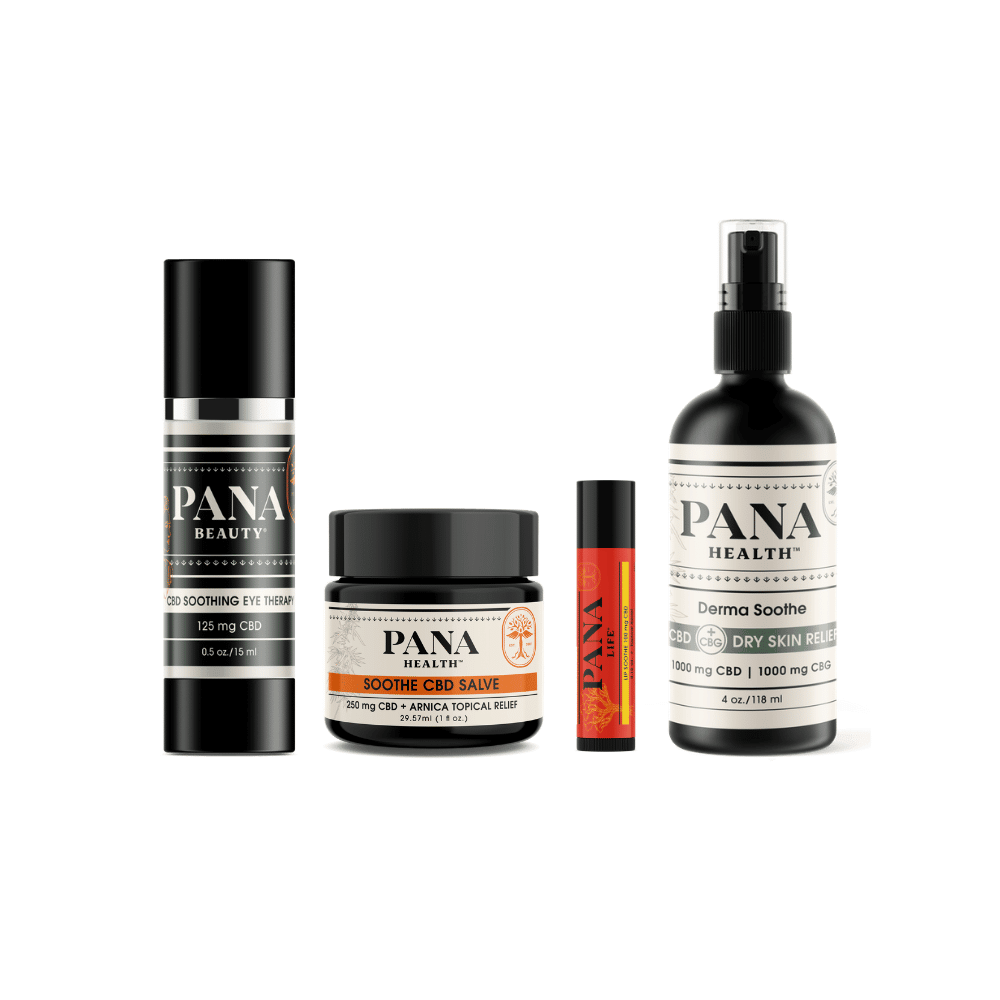The history of most Food and Drug Administration (FDA) approved drugs might not seem all that interesting, but the history of Epidiolex, a prescription medication used to treat epileptic seizures, is unlike most. The legality, impact, and actual chemical make up of the prescription drug are fraught with social and political tensions and triumphs. Its tumultuous history can be explained by the precise contents of Epidiolex itself. You see, Epidiolex is the first ever pure cannabidiol (CBD) medication to be approved by the Federal Drug Administration (FDA), unlike most other CBD-based medications.
CBD’s popularity has skyrocketed in the last few years. You have likely heard of it or even seen it in the display case at your favorite cafe, in the holistic aisle during your weekly grocery shop, but what is it exactly? To put it simply, it is a naturally occurring chemical compound derived from the Cannabis sativa plant. More specifically, it is one of over 113 cannabinoids derived from cannabis. Another well-known cannabinoid is tetrahydrocannabinol (THC). If you’re wondering why it took so long for you to buy CBD at that café mentioned earlier, look no further. THC is arguably the main reason it took so long for CBD to become legal and accessible to not only the public, but the medical field as well. This is because way THC interacts with receptors in the brain allows it to produce a “high” or intoxication. In other words, it is psychoactive. CBD, on the other hand, is non–psychoactive and therefore does not intoxicate you. So why then was it illegal for so long? Allow me to explain.
The 2018 Farm Bill
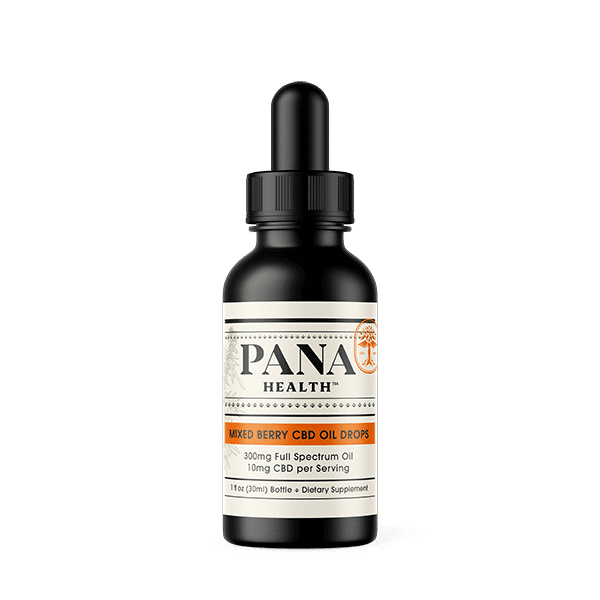
Due to the fact that THC is in fact psychoactive, it was considered a dangerous and addictive drug to be kept under control by law enforcement. In an effort to put this belief into action, the law prohibited growing, selling, using, and manufacturing all plants of the cannabis genus. What the law failed to consider is that there are many different subspecies and cannabinoids derived from cannabis, many of which are not psychoactive. The hemp plant and (as we already know) cannabidiol are among these. Hemp is naturally low in THC content and naturally high in CBD, but despite this crucial discrepancy, it wasn’t until the 2018 Farm Bill that this important distinction was officially recognized by Congress.
The 2018 Farm Bill, also known as the Agricultural Improvement Act, finally acknowledged that CBD is a safe and non-addictive substance that need not be lumped in with THC as an illegal controlled substance. While the bill essentially legalized industrial hemp and CBD, so long as its THC content is less than 0.3%, is not to say everything is peachy keen and good to go. There are varying restrictions, conflicting laws which vary by state, and a lack of guidelines on the regulation and manufacturing of CBD. However, the pathways opened by the passing of the bill have been momentous for hemp and CBD research. In particular, research on CBD and epilepsy has taken a spotlight and since then made a monumental impact in medical history.
Epilepsy
Epilepsy is a neurological disorder which effects brain activity. The commonly known and most detrimental symptom of epilepsy is seizure. There are different forms of seizures, as well as different forms of epilepsy. Two especially rare and difficult to treat types of epilepsy are treat are Dravet syndrome and Lennox-Gastaut Syndrome. Both present during childhood and are characterized by frequent, long-lasting and multiple types of severely debilitating seizures. What’s incredible is that research has unveiled CBD’s substantial ability to treat both Dravet and Lennox-Gastaut Syndrome.
Charlotte’s Web
In order to explain how Epidiolex came to be, we have to back track. In 2011, the Stanleys, seven Colorado based brothers, were developing a hybrid strain of cannabis by crossbreeding a strain of marijuana with industrial hemp. What they essentially did was develop a product that was low in THC and high in CBD. It did not produce the “high” effects associated with marijuana, giving it the nickname “Hippie’s Disappointment.” However, their product did prove to have a number of medical benefits. Most notably, it was helpful for one person in particular: Charlotte Figi.
Charlotte developed Dravet Syndrome as a baby, and by three years old was severely disabled and having on average 300 grand mal seizures per week despite treatment. When her parents heard of another child with the same condition responding positively to a strain of marijuana low in THC and high in CBD, they decided to try it. Figi’s parents began a new regimen that used a marijuana strain extract high in CBD, and in 2013, they reported that Charlotte’s seizures had reduced to only about four per month and she was now able to participate in regular child activities.
This specific strain, however, eventually began to run out, causing the Figi’s to turn to the Stanley brothers’ high-CBD strain that would eventually come to be named Charlotte’s Web, after their very own daughter with a nod to the popular children’s book. At the time, the Stanleys reported their strain to be around 0.5% THC, but this would change in September of 2014 when they would announce their promise to ensure their product contain less than 0.3% from then on. Charlotte’s Web became a famous treatment alternative for epilepsy following much publicity on the Figi’s extraordinary experience and set into motion a marijuana movement calling to explore and include cannabis in medical research and treatment.
Epidiolex
Ah, now to the good stuff. Epidiolex was developed by GW Pharmaceuticals, a U.K. based healthcare company. In October of 2017, GW submitted a New Drug Application (NDA) to the FDA based on three clinical studies on the viability of this CBD–based drug’s ability to treat rare forms of childhood-onset epilepsy. Namely—you guessed it—Dravet syndrome and Lennox-Gastaut Syndrome. The clinical studies primarily included patients who had typically not responded to 4 to 6 prior seizure medications. As well, most patients at the time they enrolled were on a combination of 3 different medications, but their seizures remained uncontrolled. There were more than 500 participants enrolled, making it the largest controlled study of these conditions ever! The NDA was reviewed in December of 2017 and in June of 2018 it became the first (and to this day only) FDA approved CBD-based medication.
Since then, Epidiolex has improved many lives. According to GW Pharma’s website, it has reached more than 15,000 patients since its approval, demonstrating great success without many of the side effects associated with other epilepsy medications. That being said, like any medication, Epidiolex has its own set of side effects. The most common are sleepiness, sleep problems, decreased appetite, diarrhea, increase in liver enzymes, feeling tired or weak, rash and infections. Needless to say, if you or someone you know might benefit from Epidiolex, speak with a medical professional first!
A number of other possible benefits of CBD are already being researched and the future of medicine might very well look a lot different than what it is today. No matter how the landscape changes though, Epidiolex will always be remembered as a milestone in medical and cannabis history. We owe the Stanley brothers and the many researchers and participants a great big thank you for their hard work and bravery in carving out space for CBD in the medical field. Any developments we may see down the road were made that much more possible by the development and FDA approval of Epidiolex.

